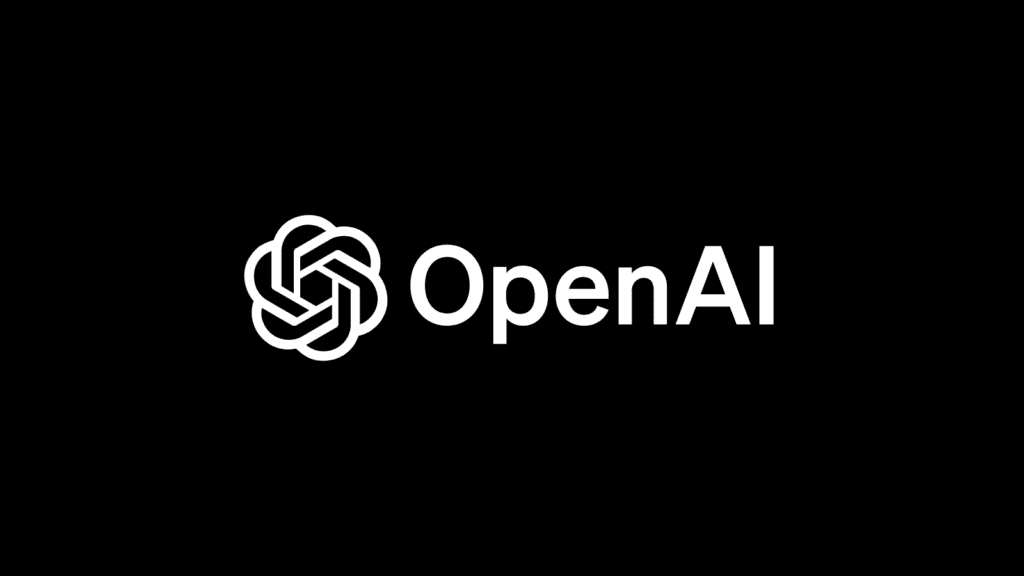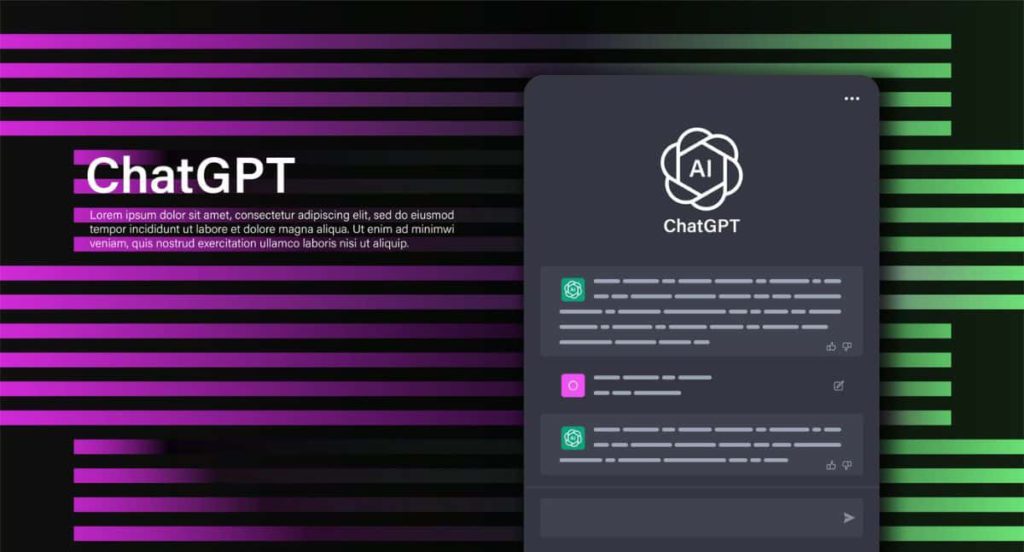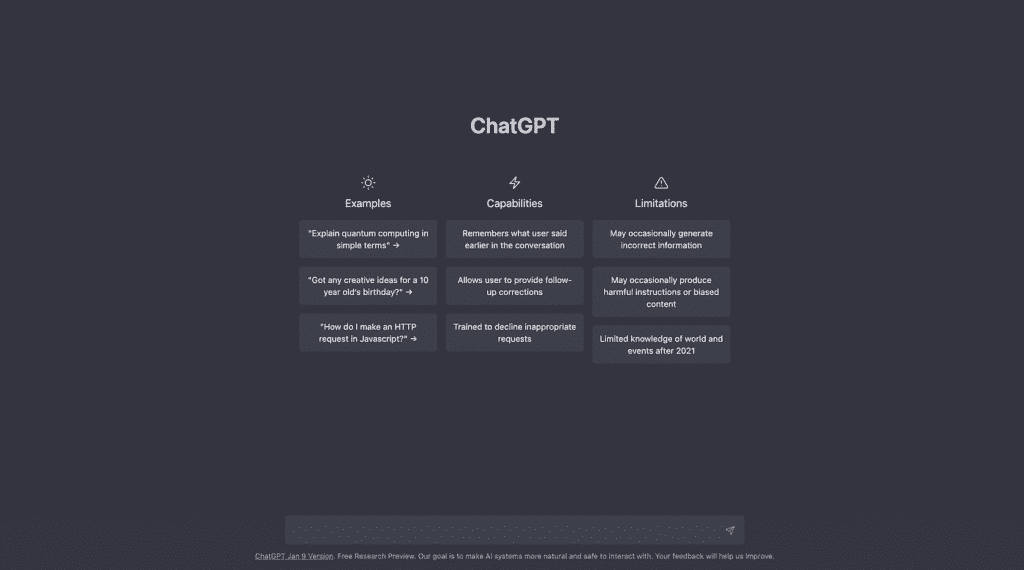- Open AI‘s ChatGPT 3.5 and ChatGPT 4 have brought significant advancements to conversational AI.
- A new feature allows users to fine-tune GPT-3.5 Turbo using their data for improved performance.
- It customizes model behavior, showcases improved steerability, consistent output formatting, tailored expression, and streamlined prompts.
Artificial Intelligence (AI) has become an indisputable part of our lives today. There are countless AI technologies available now that have proven to be quite beneficial for many. Language models and text generators are powerful artificial intelligence programmes that can produce writing that resembles that of humans based on the information they are given. These technologies, particularly models like OpenAI‘s GPT (Generative Pre-trained Transformer) series, make use of deep learning techniques to comprehend and produce contextually appropriate language. ChatGPT 3.5 and ChatGPT 4 have proven to be revolutionary in this aspect, especially with its recent modifications.

To enhance its capacity to comprehend and produce natural language in a conversational context, ChatGPT has been trained on a sizable dataset of conversational data. In other words, the AI tool is designed to be able to converse like a human, comprehend linguistic nuance, and give suitable answers to queries and statements.
What’s New?
OpenAI has introduced a new feature that allows customers to modify their GPT-3.5 Turbo model using their own data, resulting in better performance and more accurate outcomes. The fine-tuning process enables developers to customise the model’s behavior for specific use cases, achieving parity with or surpassing the capabilities of the base GPT-4 model. Businesses have noticed improvements in model performance, including enhanced precision, consistent output formatting, tailored expression, and streamlined prompts.
Also Read: RunwayML – lets your Imagination turn into Innovation!
The GPT-3.5 Turbo fine-tuning procedure gives developers the ability to modify the model’s behaviour to fit their particular use cases. By doing this, they may use these specialised models on a bigger scale and get results that are more precise and effective. Early tests have shown that a fine-tuned form of GPT-3.5 Turbo can attain parity with, or perhaps surpass, the capabilities of the base GPT-4 model for particular focused tasks, according to OpenAI’s observations.

The Benefits
The clients who took part in fine-tuning during the private beta phase, observed notable improvements in model performance across common scenarios.
Enhanced Precision: Through fine-tuning, firms were able to make the model follow instructions more successfully. This made it possible for outcomes to be brief or consistently delivered in a particular language.
Consistent Output Formatting: The procedure of fine-tuning also improved the model’s capacity for upholding consistent response forms. As a result, programmers were able to successfully transform user requests into excellent JavaScript Object Notation (JSON) snippets.
Tailored Expression: Through fine-tuning, the model’s output was modified to match the required qualitative style, including tone, which is in line with the distinctive brand voice of various organisations.
Streamlined Prompts: According to OpenAI, companies can now shorten their prompts while still achieving equivalent performance levels.

Additionally, OpenAI noted that fine-tuning using GPT-3.5 Turbo has a capacity of 4,000 tokens, which is twice as much than earlier fine-tuned models. Early testers successfully lowered prompt sizes by as much as 90% by incorporating instructions right into the model. This invention has sped up API requests, which has caused expenses to go down.
OpenAI is continuing along the road without pausing. The business intends to add function calling and the gpt-3.5-turbo-16k variation to the list of other models that will receive support for fine-tuning. They have also expressed a desire to make fine-tuning available for the future GPT-4 model, which will increase the scope for specialised AI applications.
This most recent development demonstrates OpenAI’s dedication to giving companies and developers more customisation and freedom when using sophisticated language models, opening doors to creative applications and improved user experiences.


